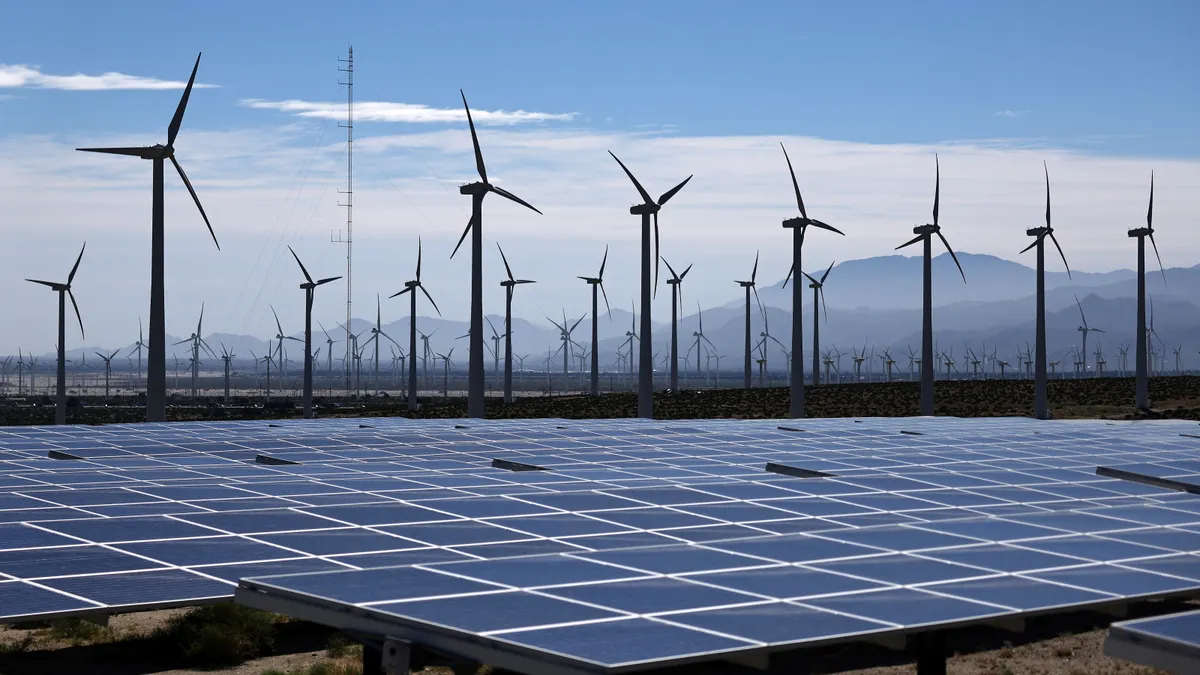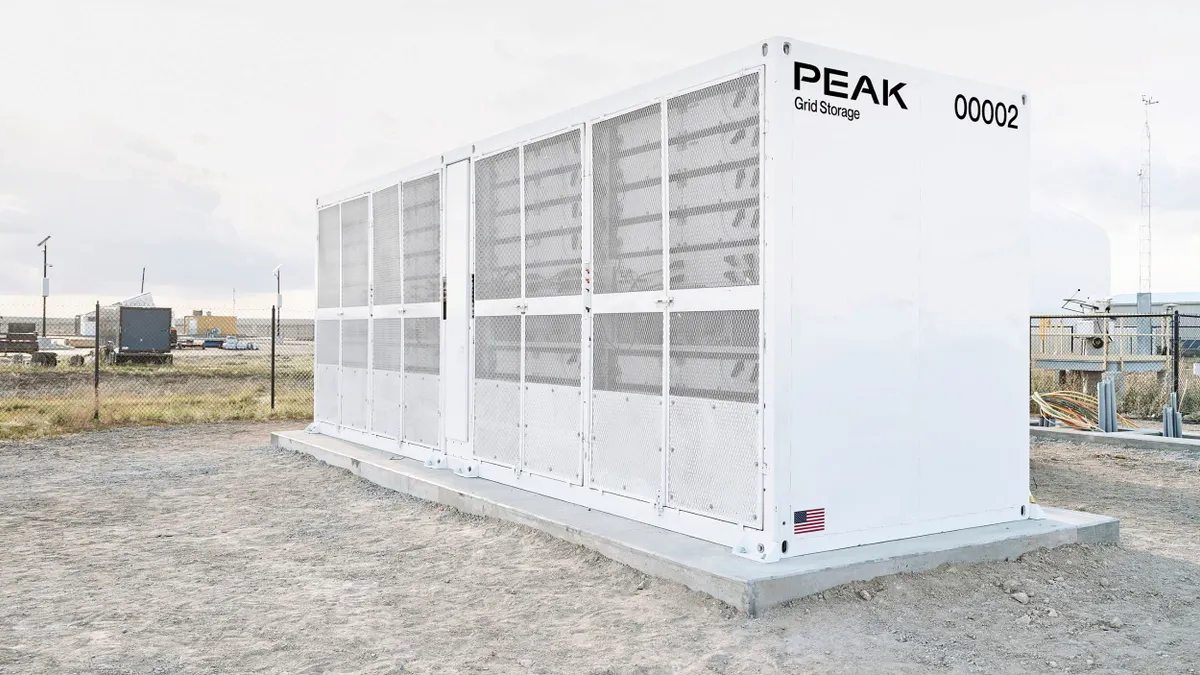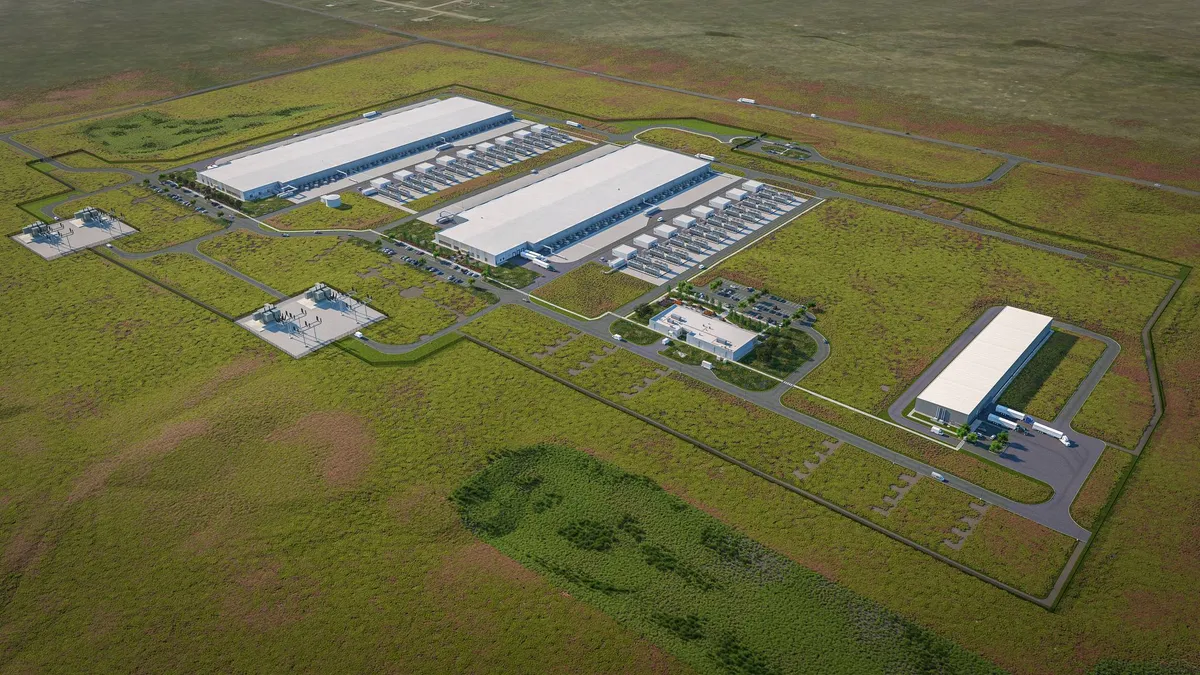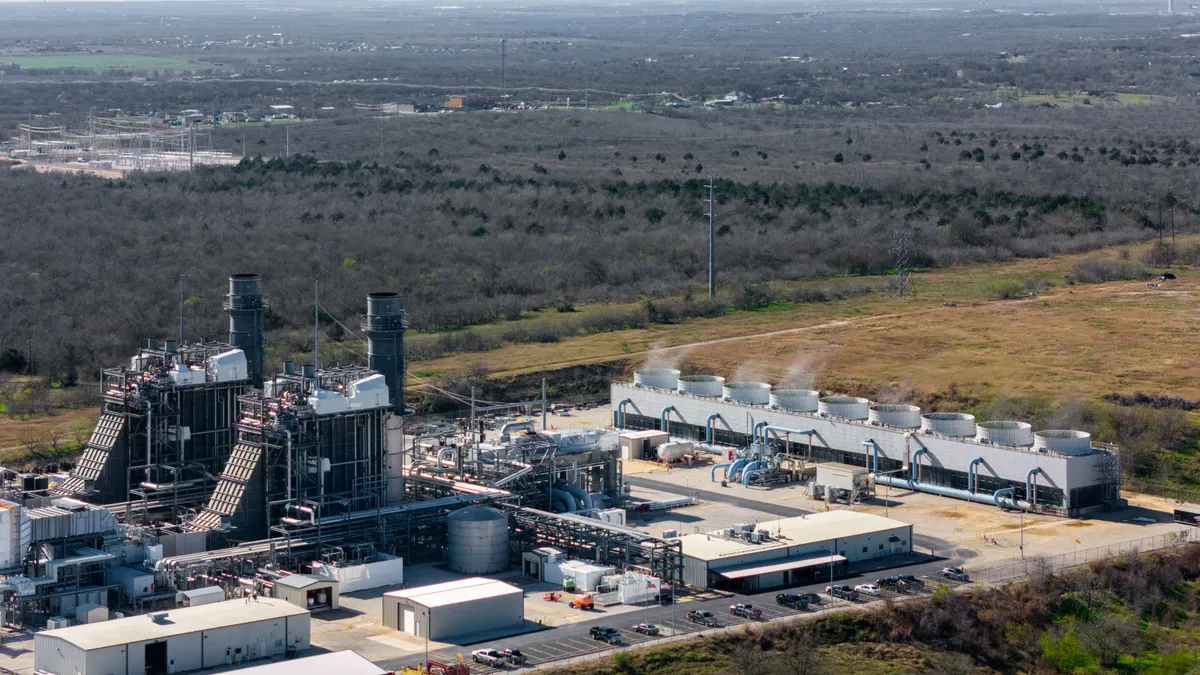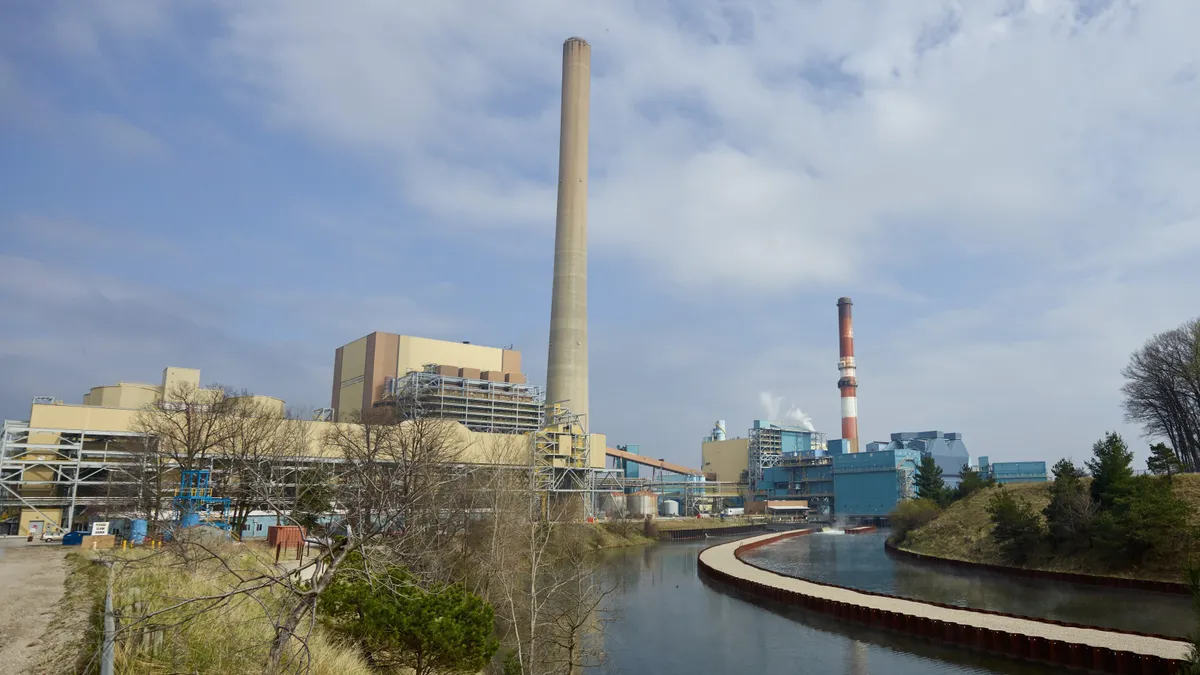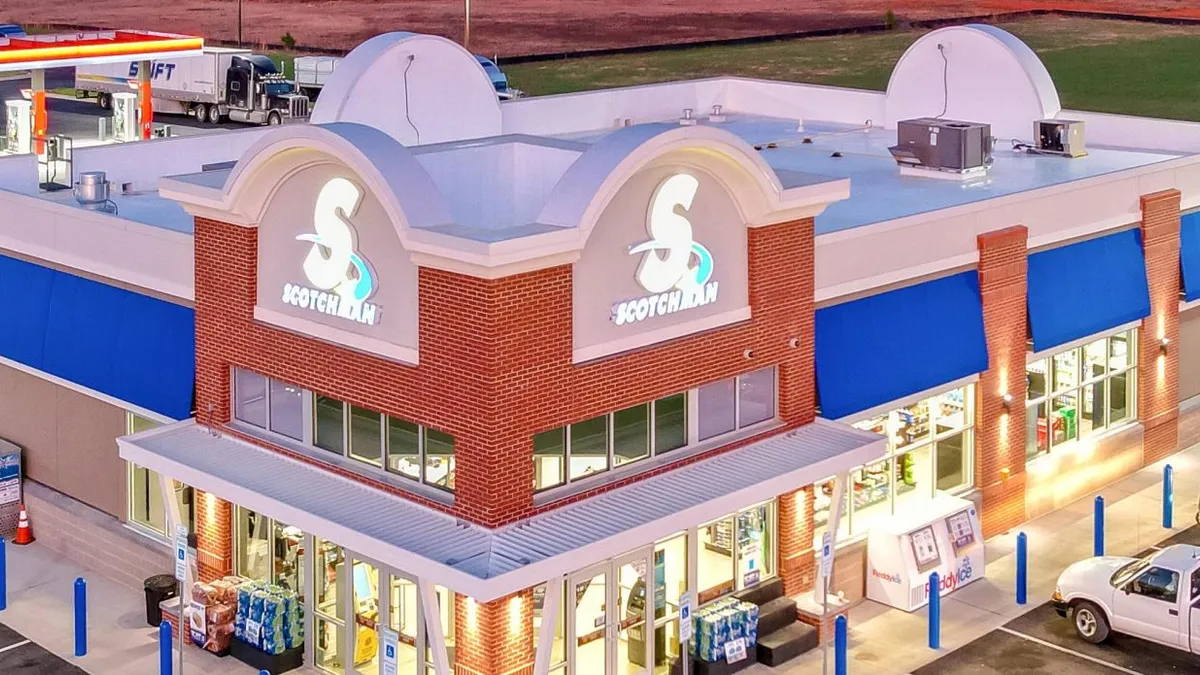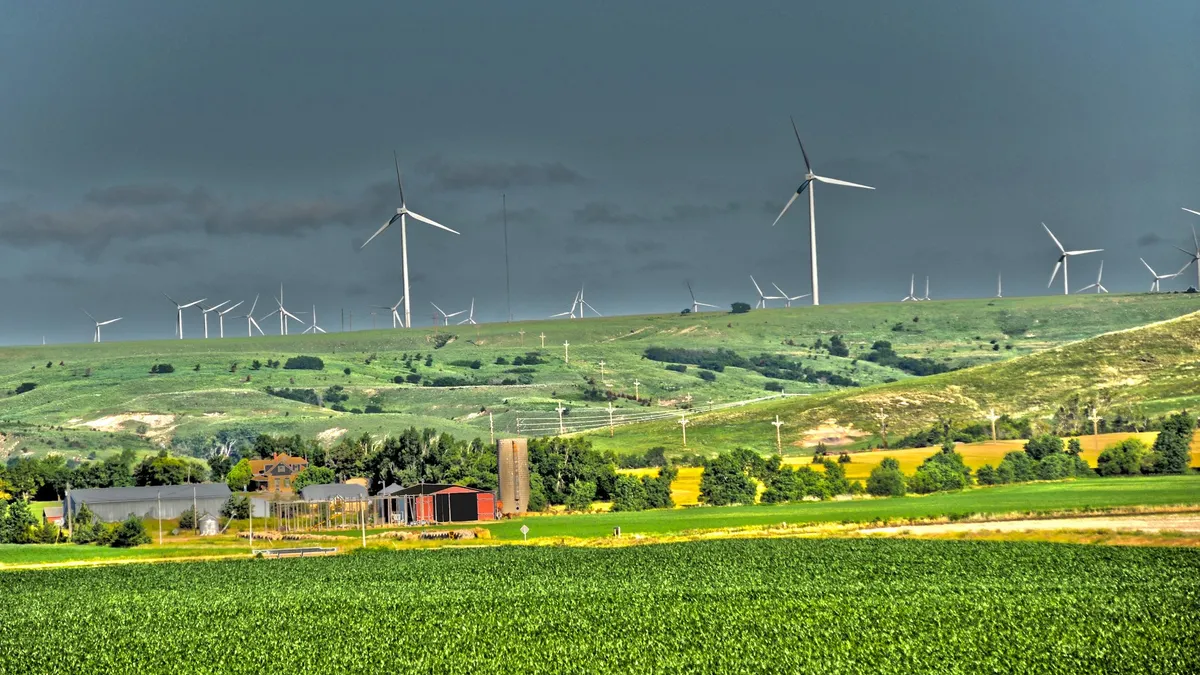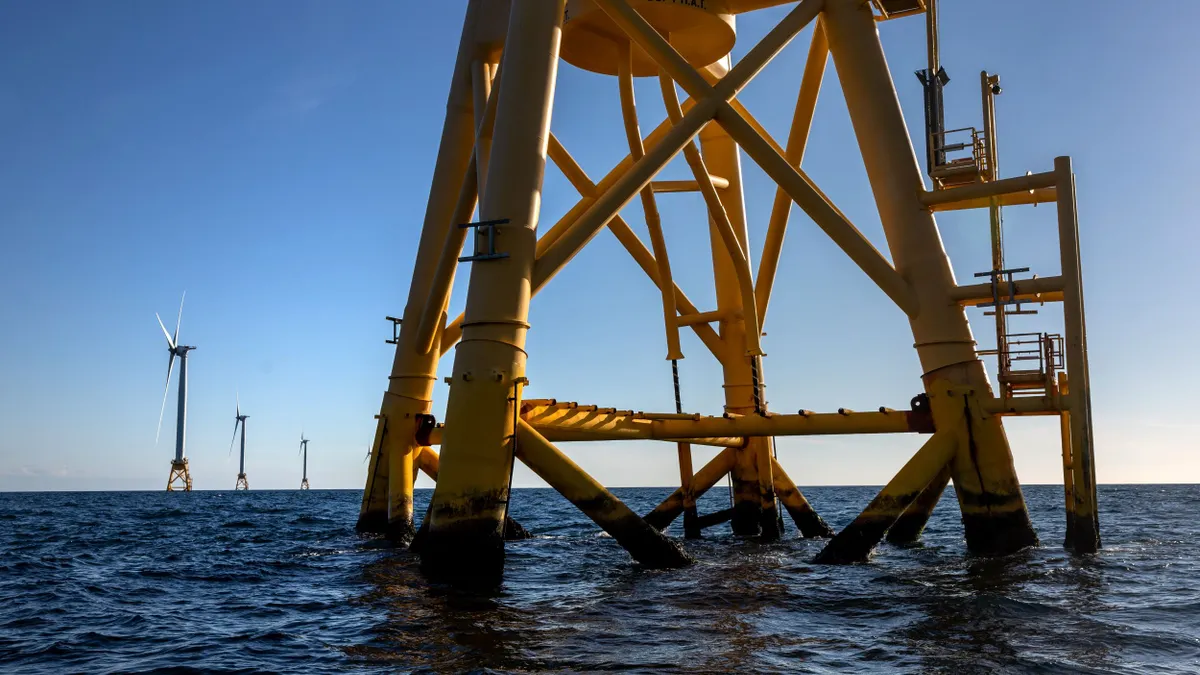Kevin McNamee, Abby Fox and Ricky Cox are colleagues in the energy practice of Balch & Bingham.
For renewable energy developers, the interconnection process is a critical factor shaping project timelines and viability. With the Federal Energy Regulatory Commission’s sweeping interconnection reforms under Orders No. 2023 and 2023-A now taking shape across the country, projects face a faster, more structured, but also more regionally variable process to secure grid access.
The challenge? While the framework is designed to reduce backlogs and accelerate clean energy integration, the details differ widely by transmission provider. Understanding how your region’s specific rules apply can mean the difference between moving forward on schedule or being left waiting in the queue.
In July 2023, FERC issued Order No. 2023, which adopts reforms to its pro forma interconnection documents to implement a first-ready, first-served cluster study process, increase the speed of interconnection queue processing and incorporate technological advancements into the interconnection process.
In March 2024, FERC issued Order No. 2023-A, which made modifications to Order No. 2023 regarding certain issues. Transmission providers were required to submit compliance filings in May 2024. Over the subsequent 13 to 14 months, FERC issued orders initially ruling on these compliance filings. While some compliance filings have been accepted, in some cases after multiple rounds of filings, others still remain pending. However, at this juncture, the essential elements of most interconnection processes are settled.
While the basic elements of the cluster study process across the country are the same, many of the details vary.
When FERC first adopted standardized interconnection processes in Order No. 2003, the original intent was that these processes remain relatively uniform. However, over the years, interconnection processes have diverged. Order No. 2003 allowed transmission providers to diverge from FERC’s pro forma requirements provided they could make certain showings. The ability to vary transmission provider-specific requirements was continued in Order No. 2023. Therefore, it is important to understand the process in the region you are proposing to interconnect and your options under the applicable tariff in order to ensure your project is able to achieve commercial operation as quickly as possible.
Varying Regional Requirements
The requirements for participating in a cluster vary from region to region. Some regions are covered by regional transmission organizations or independent system operators, which tend to have very distinct interconnection processes, often with multiple phases. In non-RTO/ISO regions, processes tend to be closer to FERC’s pro forma requirements. Even so, many elements may still vary, such as informational requirements, deposit amounts and timing. Moreover, some regions have limited space in their cluster studies. Therefore, it is important to know the requirements to ensure that your project will be included in the cluster study.
Once the decision is made to interconnect a project, there are a number of decisions that will need to be made in order to enter into the cluster. For example, you will need to determine what type of interconnection service to request (e.g., network resource interconnection service, energy resource interconnection service). What are the advantages and disadvantages of the various interconnection services? Will you also need to acquire delivery service? Depending upon the region, acquiring transmission delivery service will be as important as acquiring interconnection service.
Another question you will need to address is where you will propose to interconnect on the transmission system.
There are many factors that should be considered in locating your proposed point of interconnection such as the availability of land, transmission availability and congestion. There are other options that may be available for your proposed interconnection that should be considered. One option, depending upon the region, is provisional interconnection service, which may allow you to use existing transmission capacity and achieve commercial operation before all system improvements are in place. In addition, there may be options available that will allow you to avoid the cluster study process. These options include, among other things, surplus interconnection service, generator replacement process or a resource solicitation interconnection process.
Finally, another option for interconnecting your project may be a state jurisdictional interconnection process. If available, you need to be aware of when such a process may make sense for you. Importantly, the interconnection requirements for state processes will vary from the FERC requirements and from other states.


